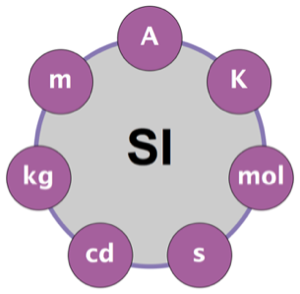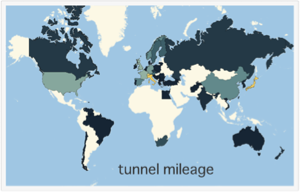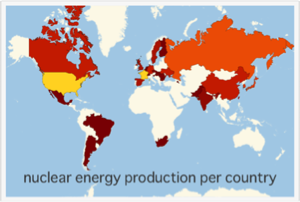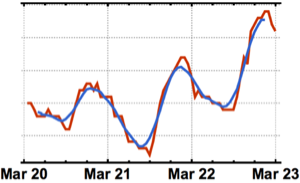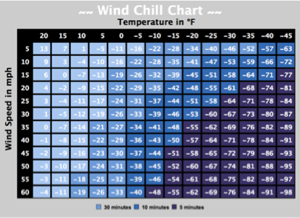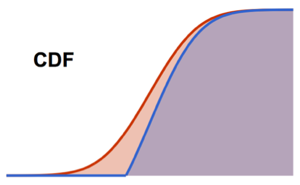Túneis
TunnelData fornece informações sobre túneis, tais como o seu comprimento e a localização.
tunnels = TunnelData[];Length[tunnels]Para cada túnel, ache o seu comprimento e localização dada por país ou países.
rawData = TunnelData[tunnels, {"Countries", "Length"}];Limpe os dados para remover os valores que faltam.
data = DeleteMissing[rawData, 1, 2];Converta os dados de comprimento para milhas.
data[[All, 2]] = UnitConvert[N[data[[All, 2]]], "Miles"];lengths = data[[All, 2]];MinMax[lengths]h = Histogram[lengths, {1, 12, .5}, PDF, FrameLabel -> Automatic,
PlotTheme -> "Detailed"]
Os dados podem ser descritos por uma mistura de distribuições de cauda longa.
dist = MixtureDistribution[{w1,
w2}, {ParetoDistribution[a1, a2, a3, a4],
WeibullDistribution[b1, b2]}];edist = EstimatedDistribution[lengths, dist]Teste a bondade de ajuste com relação as distribuições de mistura da família paramétrica.
DistributionFitTest[lengths, dist, "TestDataTable"]Faça o gráfico da PDF da distribuição ajustada com relação ao histograma.
Show[h, Plot[PDF[edist, Quantity[x, "Miles"]], {x, 1, 12},
PlotRange -> All] // Quiet]
Visualize as localizações dos túneis.
Agrupe por país.
res = GroupBy[data, First, Flatten[Take[#, All, -1]] &];Alguns túneis estão localizados em mais de um país.
shared = Select[Keys[res], Length[#] > 1 &]
Distribua os túneis compartilhados e selecione os países que têm pelo menos 10 túneis. Faça o gráfico de distribuição de comprimento.

A quilometragem total dos túneis por país com túneis compartilhados incluídos no comprimento total para cada país.





